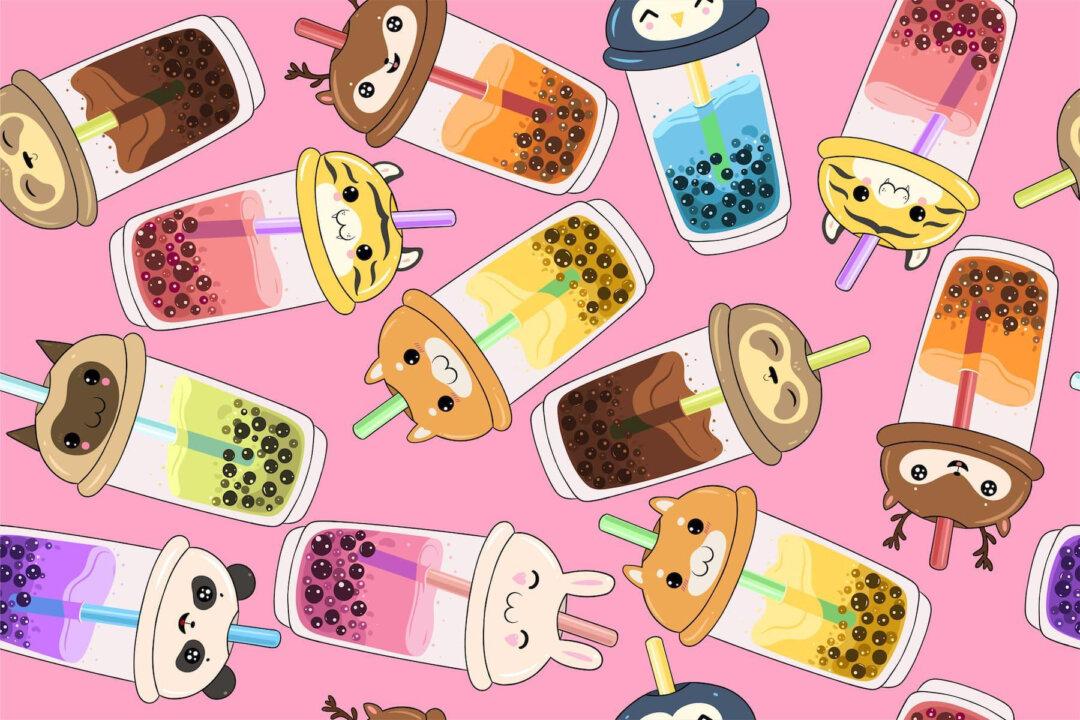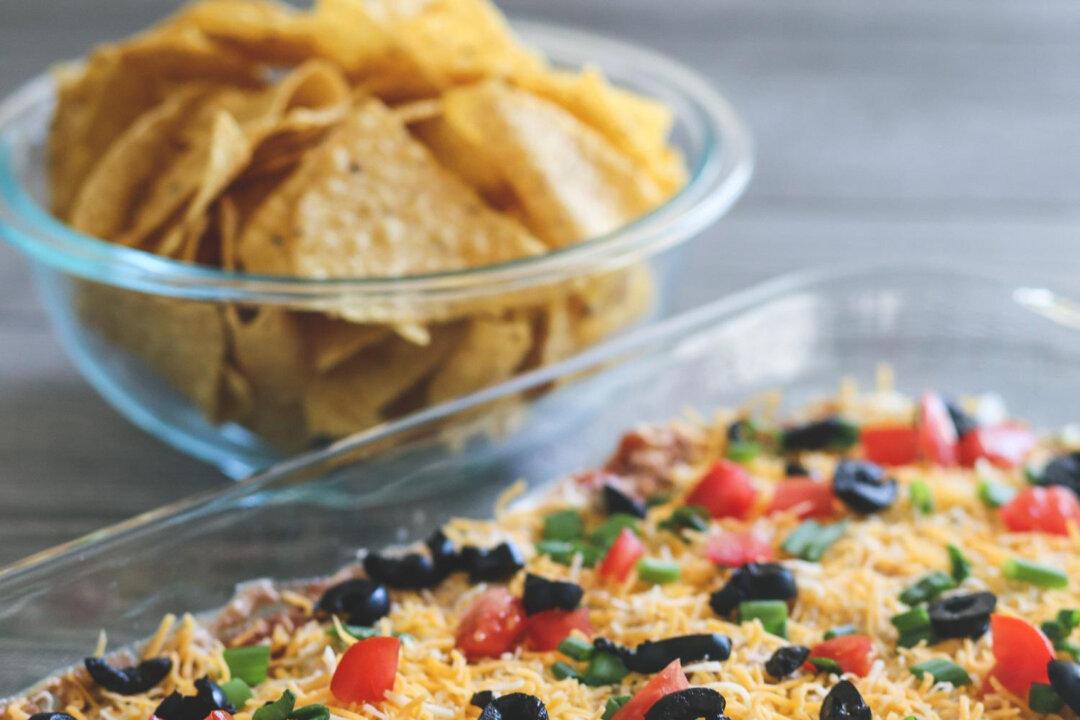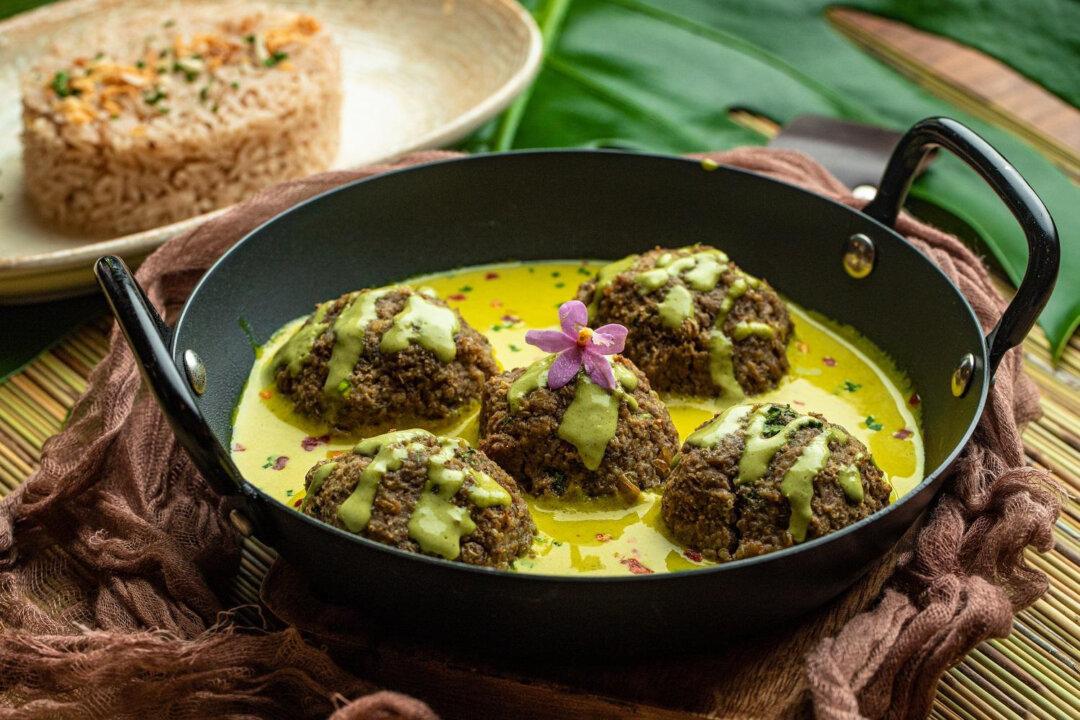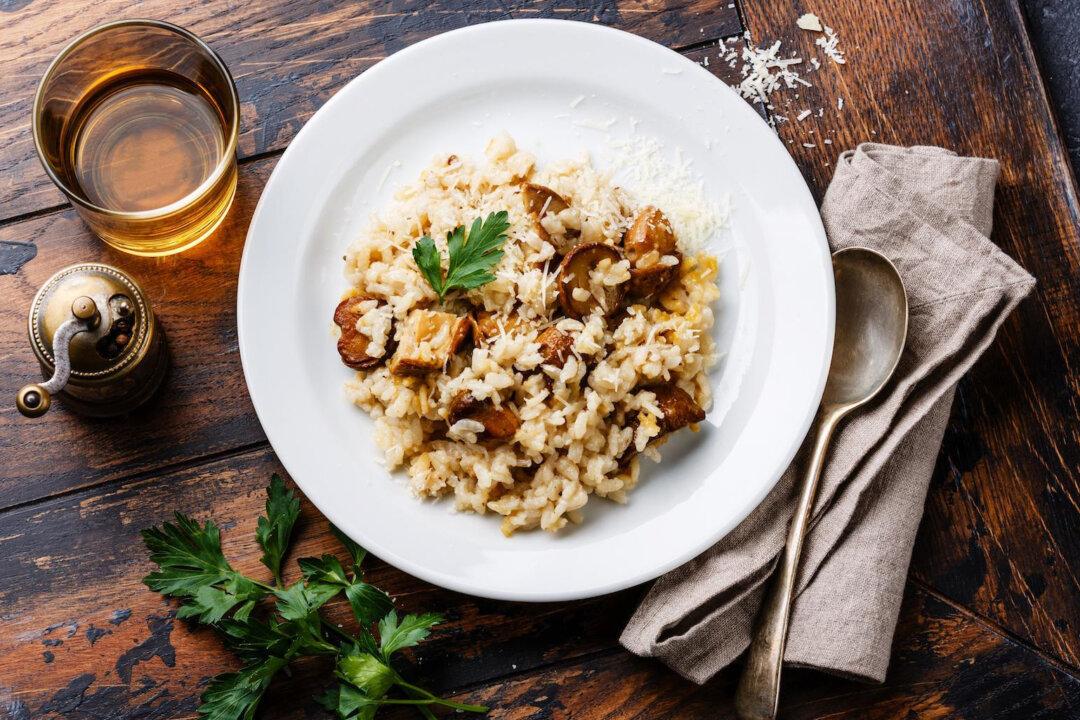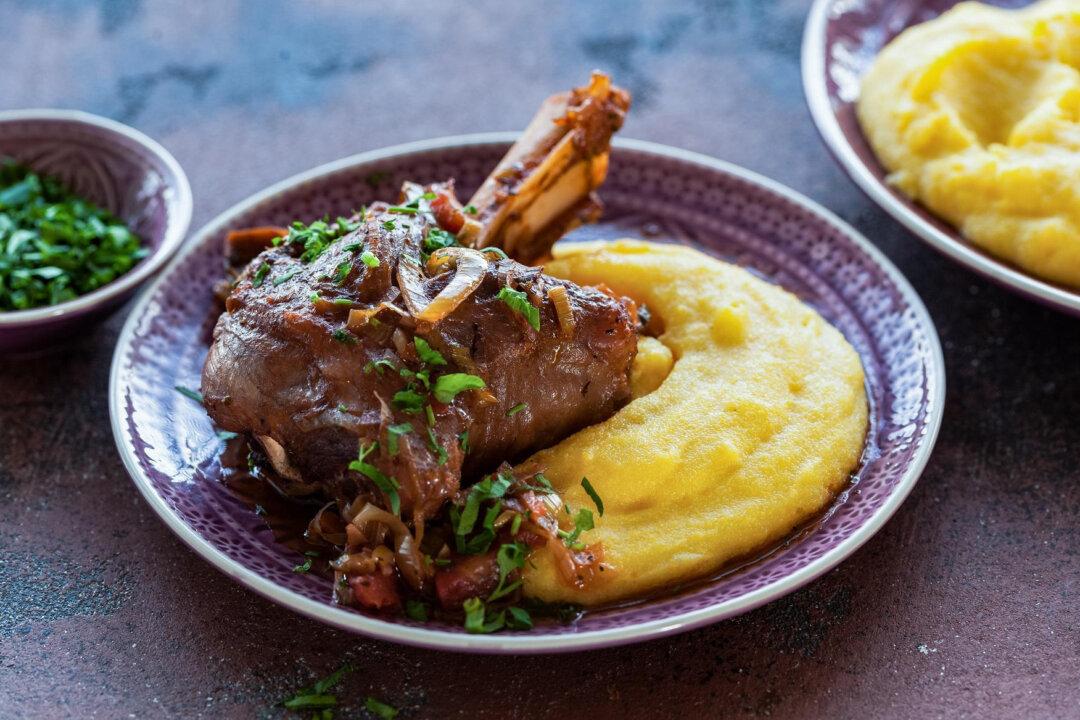Imagine walking down the street and you come across a storefront with bright, colorful advertisements for boba tea. The poster shows that the beverage comes in various, vibrant flavors — from matcha and mango to taro and strawberry — and it pulls you in to make an order. But you don’t even know where to begin when you see all of the creative ways you can customize your drink. How do you choose a base, flavors or toppings? What exactly is boba?
It would be difficult to avoid boba shops today, especially if you live in major cities like New York City or Los Angeles. Though its recognition and popularity have grown in the United States over the last couple of years, boba tea has been around for a long time.
What is Boba?
Depending on where you live in America, you may hear this colorful beverage called different names — bubble tea, boba milk tea or pearl milk tea. But let’s start by clarifying what boba is. Boba can refer to a cold tea-based drink or juice filled with tapioca pearls or fruit bits. But it’s also used to refer to the tapioca pearls, which are small chewy orbs that sit at the bottom of most boba teas.
A classic boba or bubble tea typically consists of black tea, milk and tapioca pearls. But over time, people have experimented with different combinations. Black or green tea are most common used as the base of the drink; you can then choose to add flavored syrups like peach, strawberry or lychee along with milk and ice cubes. If you’re not a fan of creamy milk teas, you can always get fruit teas without the milk. For the coffee connoisseurs, most menus include coffee milk teas, so you can get your caffeine fix.

